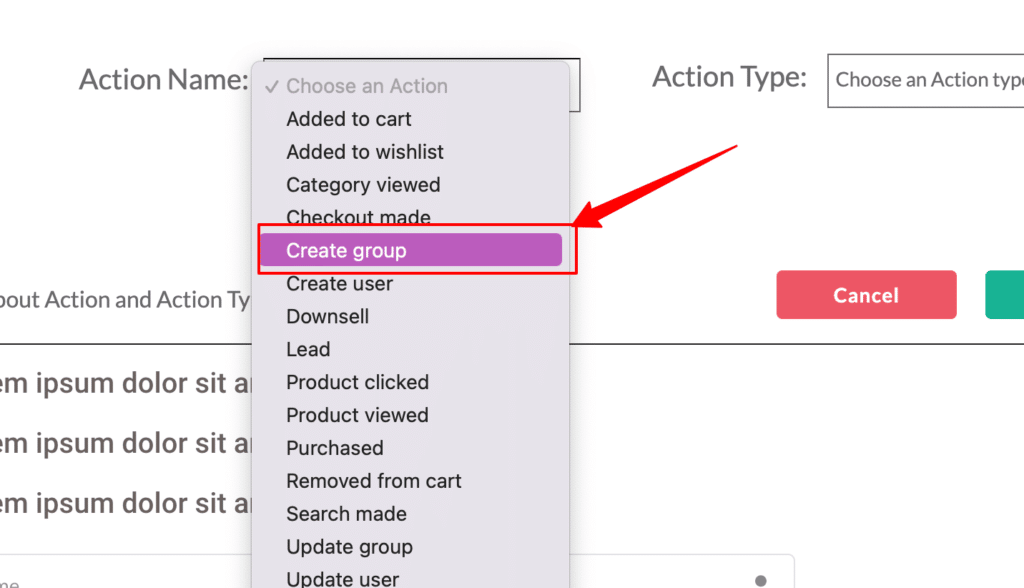Customerlabs CDP Documentation
Identifying an account
Just as how we set up a user identifier, you can also set up an event to track account-level data. This will be particularly helpful in Account-Based Marketing scenarios, where you’d want to segment based on group traits to make better decisions.
Create or update group/account event
In the same scenario as above, once all the form fields are tracked & a “Create user” or “Update user” event is set up to identify users in the system, a “Create group” event should be set up to identify the group and assign all the group traits.

Assigning group/account traits
While setting up the create group or update group event, make sure to add all the account-related fields as company size, revenue, address, employee and other company-related information under account traits.
Account/group External IDs
Just like tracking multiple external IDs for users, the system also supports tracking multiple external IDs for groups.
For example, if the company website is chosen as the default group identifier, information such as company name and company ID or other custom parameters can be tagged under external IDs.

While choosing the next group ID, make sure to select the “Group External Ids” & choose the identifier. The system will search for all the group IDs and associate session details even if any one of the IDs match.
If none of the IDs match, a new account/group will be created.



